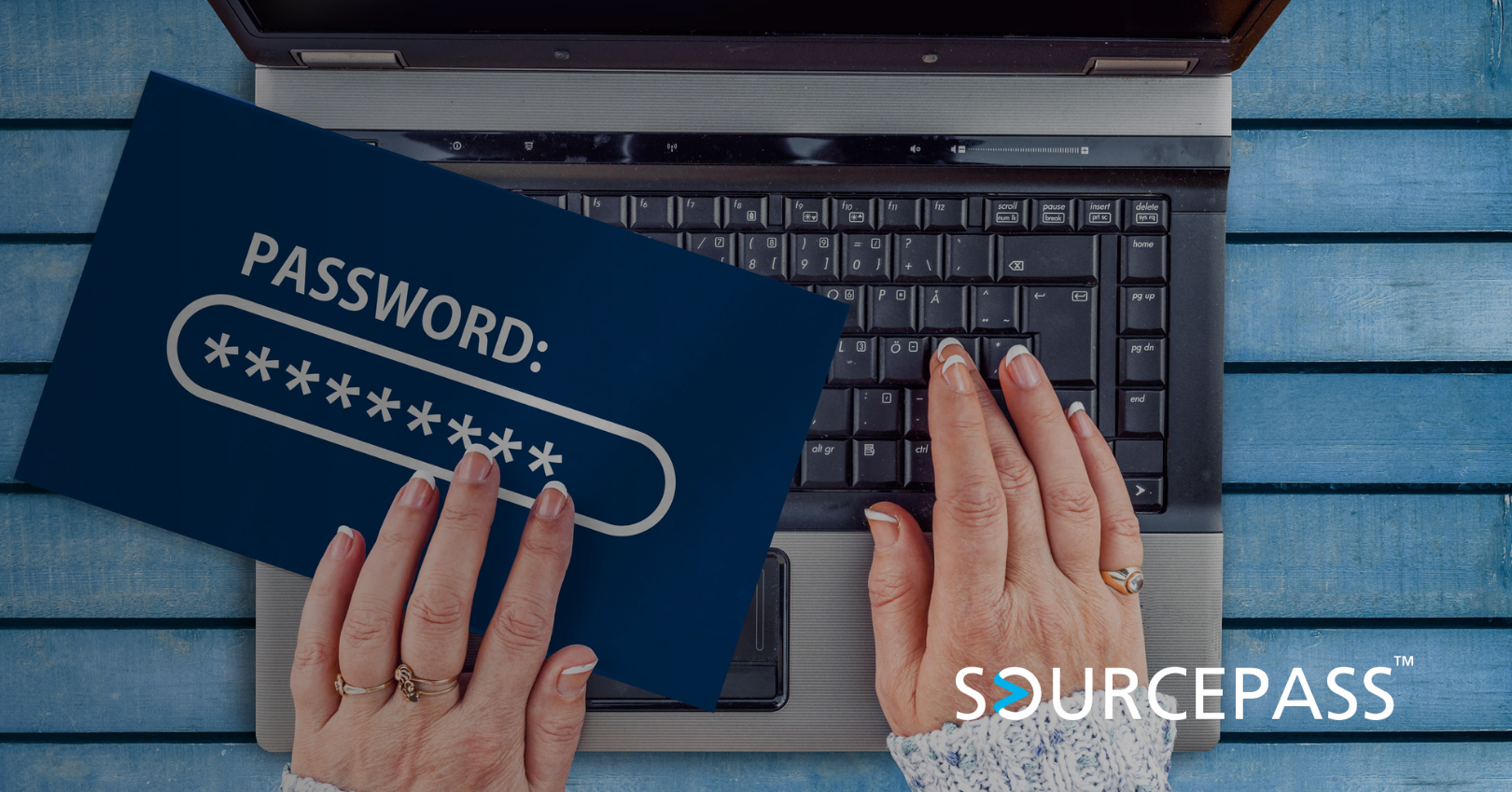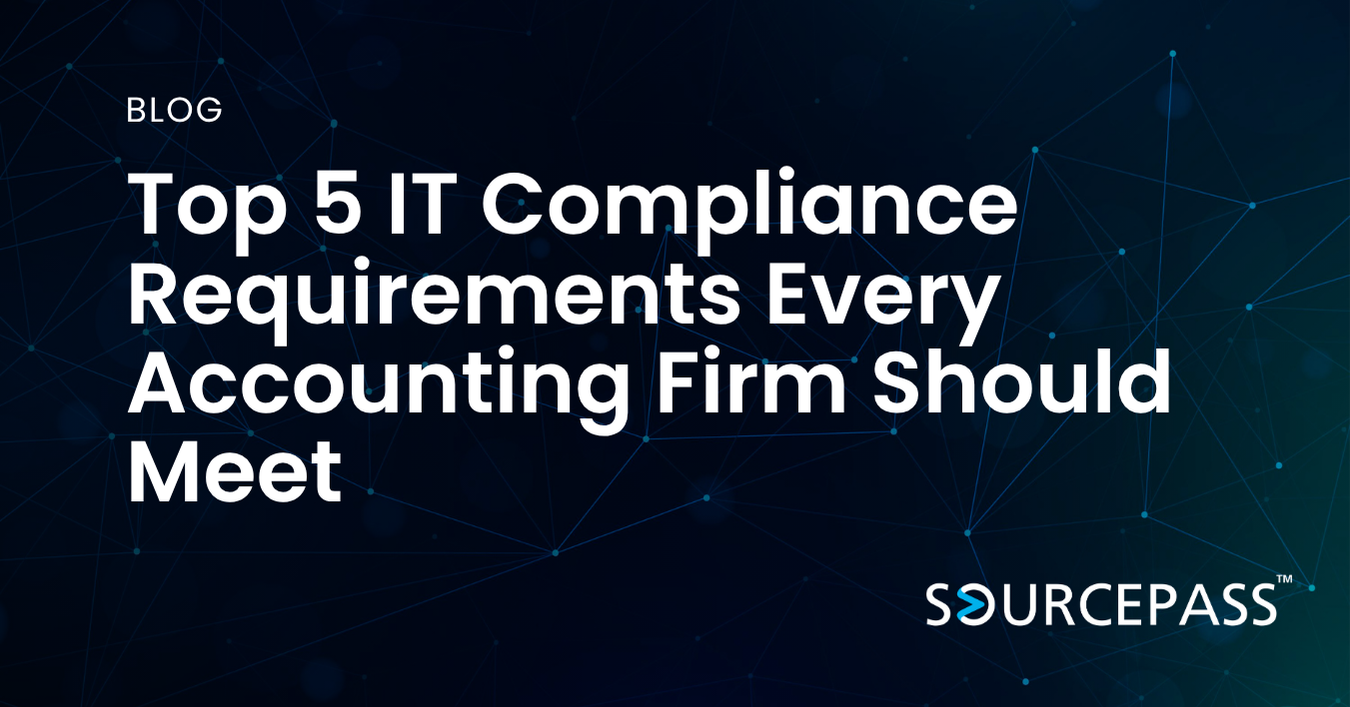Protect Data and Promote Best Practices with a Password Policy
Feb 17, 2025 Alex Davis Security & Compliance 3 min read



Passwords are the most common means of safeguarding sensitive information, from access to email accounts to access to confidential business data. However, relying solely on weak, reused, or poorly managed passwords can open the door to significant security vulnerabilities.
Cyber criminals regularly exploit weak passwords to gain unauthorized access, resulting in data breaches, financial losses, and damage to a business's reputation.
The Importance of a Password Policy
This is why businesses need to implement a Password Policy: a clear and comprehensive set of rules to govern the creation, use, and management of passwords across the business.
A well-structured password policy not only strengthens security but also promotes best practices for password management. In this blog, we’ll explore why businesses need a password policy, its significance in protecting sensitive data, and the essential components that should be included in a password policy.
A solid password policy serves as a foundational element of a business’s overall cybersecurity strategy. Here’s why having a documented password policy is important:
1. Protects Sensitive Business Data
Sensitive data, including personal information, financial records, trade secrets, and intellectual property, are valuable assets that need to be protected from unauthorized access.
A password policy helps safeguard this data by enforcing strong, unique passwords that are difficult for cyber criminals to crack. By ensuring that passwords are robust and managed securely, businesses can significantly reduce the risk of data breaches and unauthorized access.
2. Mitigates Cybersecurity Risks
Weak or stolen passwords are a primary entry point for cyber attacks, such as phishing, brute-force attacks, or credential stuffing.
A password policy ensures that all employees use complex, hard-to-guess passwords, reducing the chances of attackers gaining unauthorized access to business systems and networks.
3. Promotes Accountability and Compliance
A password policy encourages employees to take responsibility for their credentials and how they manage them.
Additionally, many industries are governed by regulatory standards (e.g., HIPAA, PCI-DSS, GDPR) that require businesses to follow specific guidelines for securing access to sensitive information.
A well-documented password policy helps businesses ensure compliance with these standards and avoid potential fines or legal consequences.
4. Supports Multi-Factor Authentication (MFA)
A comprehensive password policy should encourage the use of Multi-Factor Authentication (MFA), which provides an additional layer of security beyond passwords.
This helps further secure sensitive data. MFA requires employees to verify their identity using two or more methods—such as something they know (password), something they have (phone or token), or something they are (biometric verification).
Essential Components of a Password Policy
A password policy should provide clear, actionable guidelines for employees, ensuring that they create, use, and maintain strong passwords. Below are the key components that should be included in every business's password policy:
1. Password Complexity Requirements
The policy should define the minimum complexity requirements for passwords. This ensures that employees choose strong passwords that are difficult to guess or crack. Common requirements include:
- A minimum password length (e.g., 8-12 characters)
- A mix of upper and lowercase letters
- Inclusion of numbers and special characters (e.g., @, #, $, %)
- Prohibition of common words or easily guessable patterns (e.g., "password123")
2. Password Expiration and Renewal
Passwords should not be used indefinitely. The policy should specify how often employees are required to change their passwords, typically every 60-90 days, to minimize the risk of a compromised password being used over an extended period.
However, the policy should also balance this with usability, ensuring that frequent password changes don't lead to employees using weak or repetitive passwords.
3. Password Storage Guidelines
Employees should be educated on how to securely store and manage passwords. The policy should outline:
- Password Managers: Encourage or require the use of password managers to store and manage passwords securely, rather than writing them down or using insecure methods like storing them in plain text files.
- No Sharing: Explicitly prohibit employees from sharing their passwords, either in person, through emails, or on unsecured platforms.
- Encryption: Ensure passwords are encrypted both in transit (while being entered into login screens) and at rest (when stored in systems or databases).
4. Password Recovery Procedures
The policy should include clear procedures for recovering lost or forgotten passwords. This typically involves:
- Verification of Identity: Employees should be required to answer security questions, use MFA, or verify their identity via other methods to prevent unauthorized password resets.
- Secure Password Reset Process: Outline a secure process for resetting passwords to ensure that only authorized personnel can change their password.
5. Prohibited Password Practices
The policy should specify password practices that are not allowed, such as:
- Reusing Passwords: Employees should avoid using the same password across multiple accounts or systems, especially between personal and business accounts.
- Using Predictable Passwords: Prohibit easily guessable passwords, such as "123456," "password," or personal information like names, birthdays, and pet names.
- Sharing Passwords: Employees should never share passwords with others, even if they claim to be from IT or other internal departments.
6. MFA Requirement
The policy should encourage or require the use of MFA to enhance security. MFA adds an extra layer of protection by requiring a second form of identification, such as a mobile device or biometric scan, in addition to the password.
7. Account Lockout and Monitoring
To prevent brute-force attacks, the policy should include guidelines for automatically locking user accounts after a set number of failed login attempts (e.g., 5 attempts). Additionally, it should define how account activity will be monitored to detect suspicious login attempts or unusual access patterns.
8. Employee Training and Awareness
The password policy should be supported by an ongoing training program that educates employees about:
- The importance of strong password practices
- Recognizing phishing attempts or other methods of password theft
- How to use password managers and MFA effectively
9. Consequences of Non-Compliance
A clear section of the policy should outline the consequences for not adhering to the password policy, which may include disciplinary actions, such as warnings, access restrictions, or termination in cases of severe violations.
Clear communication of the policy’s enforcement underscores its importance and helps ensure compliance across the business.
Looking for more information on creating a Password Policy for your business?
Contact Sourcepass to speak with a Sourcepass Specialist to learn more!
Subscribe To
Sourcepass Insights
Sourcepass Insights
Stay in the loop and never miss out on the latest updates by subscribing to our newsletter today!


